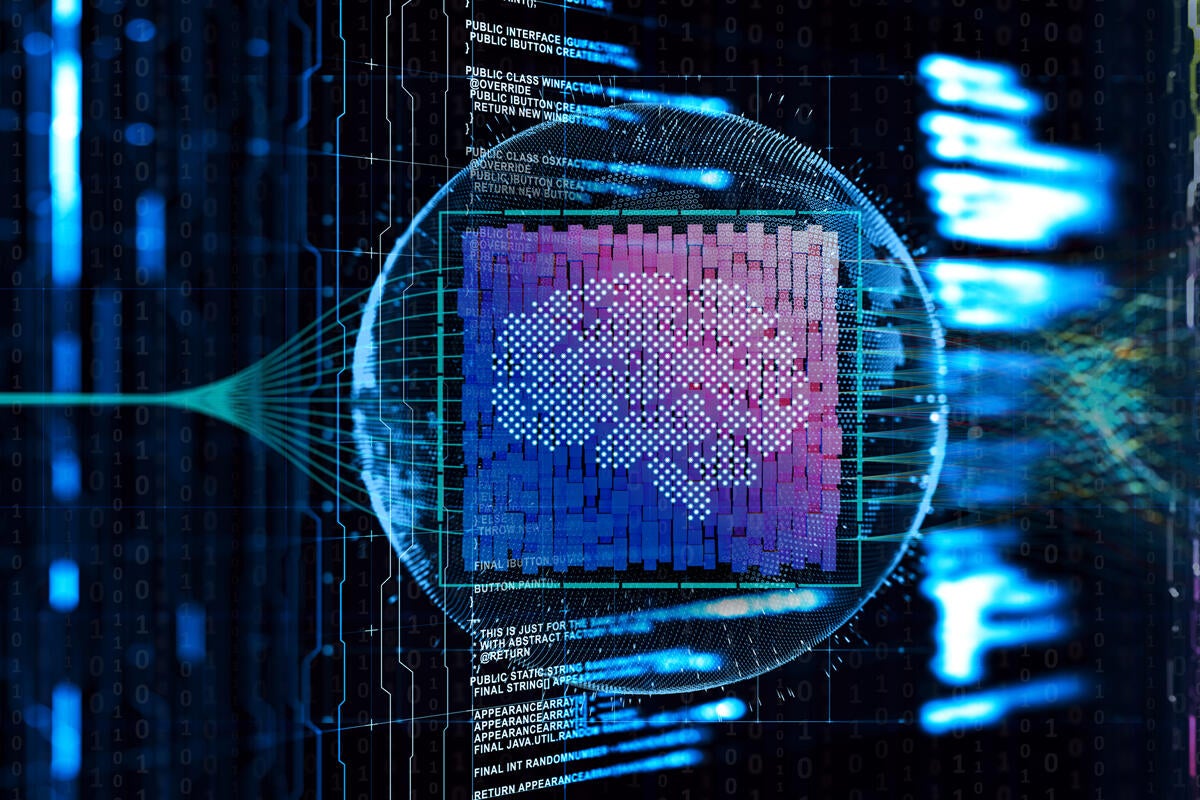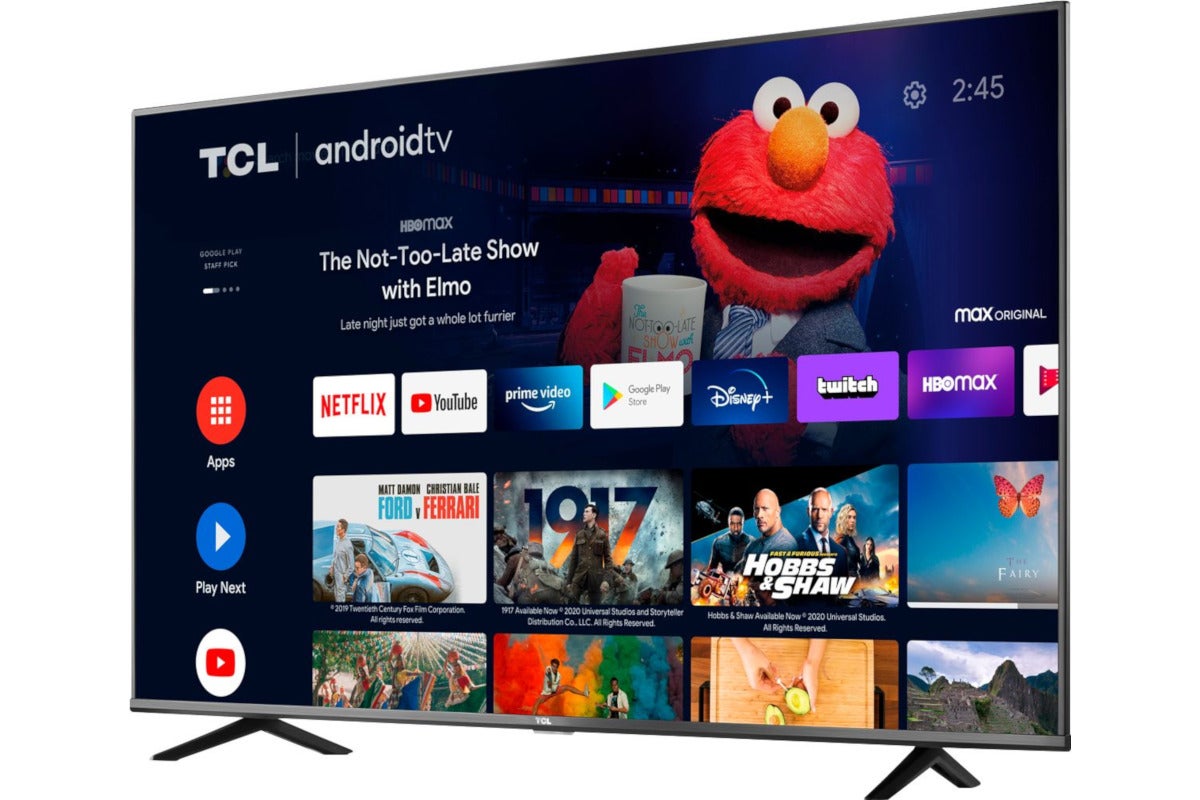Azure Percept: A machine learning quick starter
Microsoft’s commitment to low-code and no-code application development goes a lot further than its Power Platform. The same connector and pipeline model powers its Azure Logic Apps platform and elements of the Azure Machine Learning studio. Connecting prebuilt elements together may not have the flexibility of developing your own applications from scratch, but it’s a quick way to deliver value. At the same time, it’s a way to bring in nontraditional development skills that can add missing knowledge.One area where there’s a disconnect between application development and the physical world is health and safety. People are unpredictable, making it hard to design applications that can help identify potential dangers on the shop floor or around machinery. One option is to use computer vision–based machine learning to build models of normal behavior that allow anomalies to be quickly identified. A camera monitoring a set of gas pumps can be trained to identify someone smoking; a camera by a hydraulic press can be trained to monitor when an operator or passerby steps out of the safe space.To read this article in full, please click here

Microsoft’s commitment to low-code and no-code application development goes a lot further than its Power Platform. The same connector and pipeline model powers its Azure Logic Apps platform and elements of the Azure Machine Learning studio. Connecting prebuilt elements together may not have the flexibility of developing your own applications from scratch, but it’s a quick way to deliver value. At the same time, it’s a way to bring in nontraditional development skills that can add missing knowledge.
One area where there’s a disconnect between application development and the physical world is health and safety. People are unpredictable, making it hard to design applications that can help identify potential dangers on the shop floor or around machinery. One option is to use computer vision–based machine learning to build models of normal behavior that allow anomalies to be quickly identified. A camera monitoring a set of gas pumps can be trained to identify someone smoking; a camera by a hydraulic press can be trained to monitor when an operator or passerby steps out of the safe space.





































